On November 2nd, China International New Energy Conference was held in Wuxi, Jiangsu. At the same time, the international photovoltaic industry technical standards and intelligent operation and maintenance theme forum, the well-known service robot company Cobos was present on how to use robots for smart cleaning of power stations. Speech. At the speech site, Cobos calculated the account for the photovoltaic power station: Photovoltaic solar energy is a huge industry that is rapidly developing in the world. However, due to the lack of active cleaning in the power station, dust pollution has greatly reduced the power generation of the power station. It is estimated to be at least 5% per year. The resulting direct economic losses are staggering: a set of data shows that, as the global installed capacity is expected to reach around 500 GW in 2020, the annual economic loss due to dust reduction will be as high as $5 billion. As the installed capacity of the power station continues to grow, this loss will become more serious. When the global installed capacity is about 1400 GW in 2030, the economic losses caused by dust are expected to reach 13 billion US dollars.
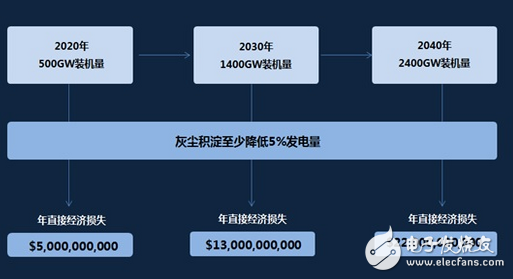
How much influence does dust have on the power generation efficiency of the panel? In terms of the amount of deposition in one year, the highest power can cause the power generation to attenuate by 40%, but in the case of oily dust, the attenuation rate will be as high as 60%. Small dust can cost billions of dollars a year in photovoltaic power generation projects, which is by no means an alarmist.
How does dust affect the power generated by the panel?First, the dust shields the light reaching the photovoltaic module; the second is because some of the acid-alkaline dust erodes the surface of the panel, reducing the transmittance of the panel glass; and third, because dust can affect the heat dissipation of the surface of the photovoltaic module, resulting in The photoelectric conversion efficiency is lowered.
Unclean for 8 consecutive days, dust causes power loss to be as high as 14.3%The solar roof power station of the Cobos Suzhou headquarters conducted an experiment: the panel was not cleaned for 8 consecutive days without rain. The data showed that the first day after cleaning, the cumulative radiation of the panel was 22MJ/m2. The power generation per kilowatt module is 5.73kwh, but by the 8th day, the power generation per kilowatt of components under the same radiation has dropped to 4.91kwh, and the dust has caused the power loss to reach 14.3% in just 8 days. It is worth mentioning that this is in Suzhou where the air quality is relatively good. If it is in the north or northwest, the industrial pollution is serious, the sand is too large and the rainfall is small. If it is not clean for many days, the power generation caused by dust will be lost. Undoubtedly will be even bigger.
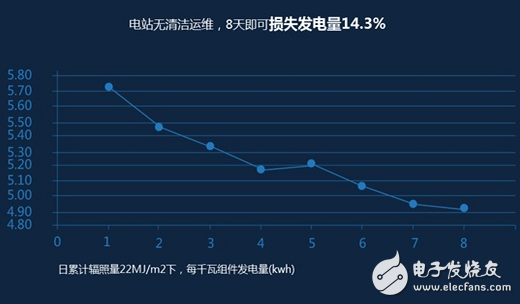
In fact, dust has always been a fatal problem in reducing the amount of solar panels generated, and even space exploration on behalf of top technology is inevitably plagued by this problem. When the US "Opportunity" space probe first started the Mars exploration mission, the 1.3-meter solar panel could provide 900 watt-hours of electricity per day. However, by June 2010, as the solar panels were stained with Mars dust, it was provided daily. When the power dropped to 500-600 watt hours, NASA had to try to park the two Mars cars on the south-facing slopes so that they could "bake" more sunlight.
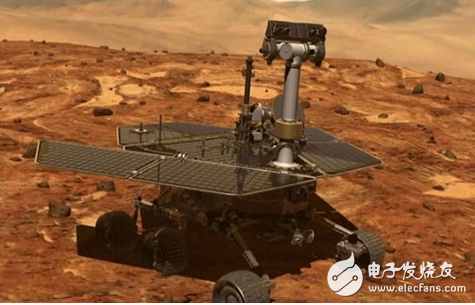
The photovoltaic market needs effective cleaning and maintenance work, but the traditional cleaning methods have many drawbacks. Currently, there are four main cleaning methods on the market: the first one is the most original manual cleaning, including water washing and scrubbing. However, the labor intensity is large; the second type is a mobile large-scale cleaning vehicle, which is suitable for the ground power station where the vehicle is driven, and the cleaning range is limited; the third type is high-pressure water gun cleaning, the water consumption is very large, and the water gun impact force easily causes the component to crack. The fourth type is the sprinkler system, which has a poor cleaning effect and can also cause hot spot effects, resulting in component damage. These traditional cleaning methods are limited to varying degrees of clean terrain, location, water resources and costs.
Cobos has 18 years of leading technology and R&D experience in household cleaning robots. In 2015, Cobos launched the clean robot Ruibao for the photovoltaic industry, which is dedicated to extending the high-standard cleaning technology accumulated in the home field to the commercial-grade market. The actual application statistics show that the solar panels can be restored after being cleaned by the robot. Up to 99% of the original power generation.
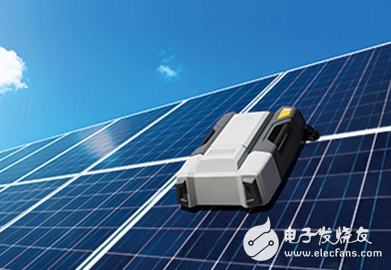
Ruibao has 5 soft silicone suction cups of different sizes, which can alternately move and walk. At the same time, the built-in vacuum pump can attach the slope with the maximum angle of 65 degrees. It is a cleaning robot that successfully challenges gravity. At the same time, the suction cup is made of soft silicone material to gently protect the panel assembly.
Automatic edge path planning without manual interventionRuibao uses laser camera technology, and uses a variety of sensing technologies such as boundary sensors and metal sensors. The boundary sensor can intelligently sense the battery board frame to ensure the maximum cleaning area. The metal sensor can sense the battery board frame to prevent the robot from falling and causing damage. The use of sensing technology and laser technology allows the robot to plan its own horizontal and vertical "bow" type cleaning paths, while independently spanning a gap of up to 3 cm.
Autonomous walking cleaning reduces manpower input
Ruibao uses a unique automatic lifting brush for high-speed cleaning, and is equipped with high-efficiency brushless motor strong vacuum and Archimedes spiral design air duct, which can be cleaned during walking to achieve “blowing, sweeping, Suction is done synchronously.
Automatically collect dust to avoid secondary pollution
The inside of the Ruibao fuselage is equipped with a dust bucket, which can collect and store the dust while walking clean, thus avoiding secondary pollution of the battery board caused by dust.
One person can control 12 robots at the same time, and the cleaning efficiency is superb.
The cleaning staff can remotely control the Ruibao robot through the mobile app, and one person can operate 10-12 at the same time. According to the working hours of 8 hours a day, the cleaning area of ​​a robot per unit time is 31-38 / h. A staff member can clean 3,500 panels a day, which not only saves a lot of labor costs, but also has a very high cleaning efficiency.
Easy to operate and flexible, suitable for all types of power stations
Ruibao's body design is relatively light, flexible and flexible to move, and easy to handle, plus easy to operate, the robot adapts to all kinds of power stations, even in the complex outdoor environment of waterless, high/low temperature, and terrain inequality normal work.
Double standard to see direct economic benefits: cost savings and power generation contribution
Since entering the market for more than a year, Ruibao has entered many photovoltaic power plants at home and abroad for application. In the past year, Ruibao also won the 2015 CES Innovation Award, and this year was established by the Jiangsu Provincial Intellectual Property Office as a high-value patent incubation project. These accreditations are due to Cobos Ruibao's ability to use technological innovation. The power station creates considerable economic benefits.
Save 50% cleaning cost per year for a 10MW power plant
At present, the cost of traditional cleaning methods on the market is very high. Take the annual cleaning cost of a 10MW power station (cleaning once a month). The annual cleaning cost of the high pressure water gun is about 350,000, and the cleaning of the spray system requires about 250,000-300,000. Yuan, about 250,000 manual scrubs, and about 340,000 yuan a year for large cleaning cars. Unlike these high-cost cleaning methods, Ruibao robots have an annual cleaning cost of around 120,000. Even if compared with China's lower cost manual scrubbing, Ruibao does not cost 1/2 of its cost. Therefore, it is not difficult to see that Ruibao robot can save at least 50% of the cleaning cost for photovoltaic power plants in one year. Moreover, the larger the scale of the power station, the more obvious the cost advantage of robot cleaning.
8 days to improve battery board power generation 4.8%
Cobos conducted an 8-day power generation experiment on the solar roof power station in Suzhou headquarters: the B power station was cleaned with Ruibao robot, the C power station was simply flushed with water, and the D building was unwashed. The experimental data after 8 days showed that the power generation of the B power station in the 8 days after the cleaning of the Ruibao was compared with the unclean power generation of the D building, and the total power generation increased by 4.8%; the power generation of the C power station was 8 days after the water flushing and the D building. The power generation ratio of unclean power stations increased the total power generation by 2.7%. What does 4.8% of the power generation mean? According to a 10 MW power station with a power generation of 12 million kWh per year, an increase of 4.8% of power generation means that the annual energy can be increased by 576,000 kWh, or 188 kg of standard coal can be saved.
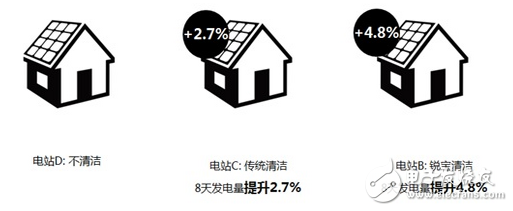
Robots hold green energy in hand, the social significance is more extraordinary
The economic benefits of solar power plants will bring greater social significance. It is understood that the main cause of air pollution is the harmful gas emissions caused by boiler coal combustion based on traditional thermal power plants. According to statistics, each ton of standard coal will emit about 2.6 tons of carbon dioxide and about 8.5 kilograms of sulfur dioxide. The nitrogen oxides are about 7.4 kilograms - the harsh form of environmental protection is beyond doubt. Nowadays, the world is gathering government and social forces to promote the development of photovoltaics as a green energy industry. Therefore, with the popularization of solar power generation applications in the future, if power stations can use high efficiency to clean and increase power generation and save coal, It will bring more profound significance to the sustainable development of society.
|
About EIW Enameled Copper Wire. |
Class 180 polyester-imide Enameled Copper Wire, with high thermal properties and good chemical resistance. Good thermostability under 150℃working environment.
Used in all sizes of H class motors, transformers, instrumentation, various types of electronic components and winding for coils.
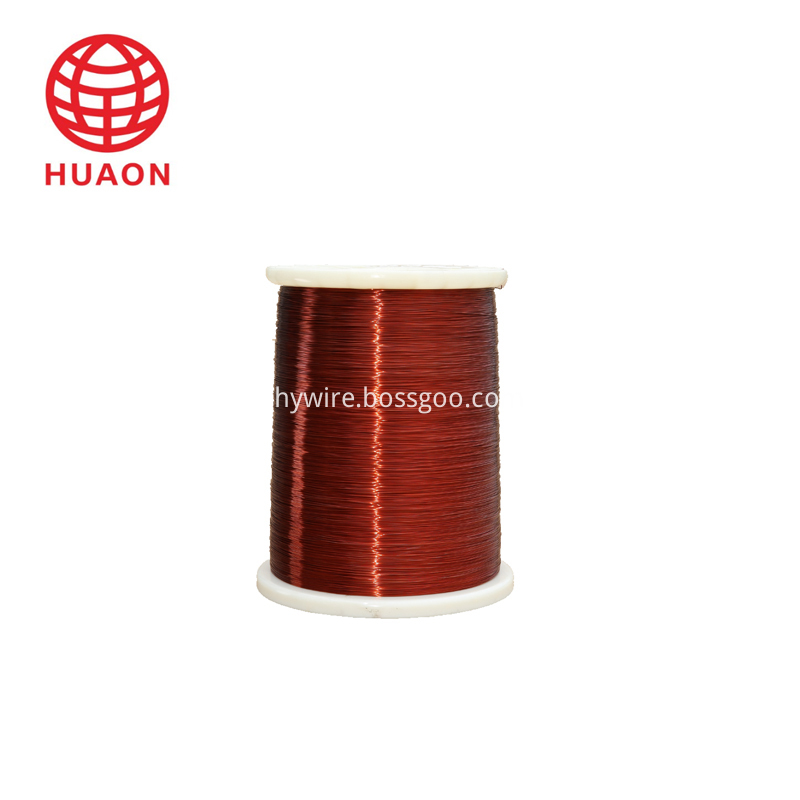
According to the design of motor characteristics, the breakdown voltage is 60% higher than the national standard, the resilience is 20% higher than the national standard, and the adhesion is 15% higher than the national standard. Thin insulation thickness, low slot full rate, improve the efficiency of manual embedding. Suitable for manual and automatic machine winding and embedding.
Magnet Wire,Eiw Enameled Copper Wire,Insulated Enameled Coated Wire,Electrical Enameled Copper Wire
HENAN HUAYANG ELECTRICAL TECHNOLOGY GROUP CO.,LTD , https://www.huaonwire.com